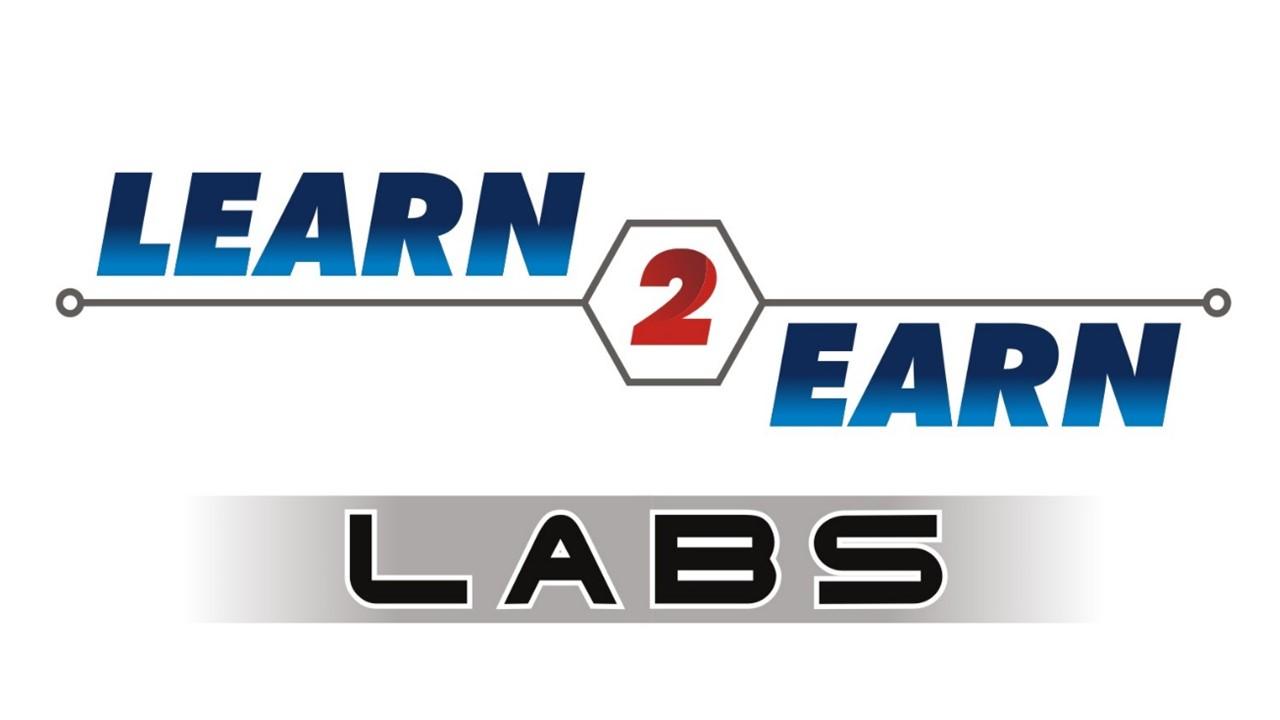MySQL Assignments — Query. Analyze. Master.
Sharpen your database skills with topic-wise MySQL assignments. Each set contains 20 Basic, 20 Intermediate, and 10 Advanced questions to help you progress from fundamentals to production-ready SQL
Why practice with these assignments?
- Move beyond theory—query real-world–style datasets.
- Build confidence with CRUD, joins, aggregations, and transactions.
- Learn to design schemas, enforce constraints, and write performant queries.
- Get interview-ready with tasks that mirror practical use cases.
How it works
- Choose a topic from the list.
- Attempt questions in order: Basic → Intermediate → Advanced.
- Run queries, verify outputs, and compare alternate approaches.
- Use EXPLAIN/EXPLAIN ANALYZE to understand performance.
- Document your solutions and add the best ones to your portfolio.
Note: For consistency across exercises, assignments reference a database named student. Example emails (when needed) use the domain “@learntoearnlabs.com”.
What you’ll achieve
- Strong SQL fundamentals and problem-solving patterns.
- Clean, normalized schema design with practical constraints.
- Fluency with joins, subqueries, window functions, and CTEs.
- Habits for safe, readable, and optimized SQL.
Who should use this page?
Beginners learning SQL, students preparing for interviews, and developers who want to validate and deepen their MySQL skills.
Tips for Success
- Prefer SELECT specific columns over SELECT *.
- Write queries in small steps; validate intermediate results.
- Use composite indexes for common filter/order patterns.
- Always consider NULL semantics and collation/case sensitivity.
- Wrap multi-statement changes in transactions; test failure paths.
- Read plans with EXPLAIN; when stuck, compare alternative rewrites.
- Keep SQL formatted and commented for readability and review.
Ready to build real confidence in MySQL? Pick a set below and start solving!
FAQs
Q1. Which version of MySQL is assumed?
MySQL 8.x is recommended. Most tasks rely on features available in version 8 and above.
Q2. Can I use GUI tools?
Yes. MySQL Workbench or any SQL client is fine. However, CLI usage is encouraged to build confidence and deeper understanding.
Q3. How do I verify correctness?
Check row counts, edge cases such as NULLs and duplicates, and run EXPLAIN to confirm index usage. Compare outputs with the expected results provided in each task.
Q4. Are there solutions?
Yes. Some topics include reference solutions and alternative approaches. Attempt the assignments first, then review the solutions.
Q5. What topics are covered in these assignments?
Assignments cover SELECT queries, filtering, joins, GROUP BY, aggregate functions, subqueries, indexing, constraints, transactions, and stored procedures.
Q6. Do I need to install MySQL locally?
Yes. Installing MySQL locally is recommended, but you can also use cloud-hosted options like AWS RDS or free online SQL playgrounds for practice.
Q7. Do I need sample databases for practice?
Yes. Many assignments use sample databases such as student, employees, or custom datasets provided in the instructions.
Q8. How much time should I spend per assignment?
Plan 10–40 minutes per difficulty band per topic. Complex tasks involving optimization or stored procedures may take longer.
Q9. Do these assignments require programming knowledge?
Not necessarily. Basic SQL knowledge is enough. Some advanced tasks may require integrating SQL with programming languages like Python or Java.
Q10. Can these assignments help me in interviews?
Definitely. SQL and MySQL are core skills for data-related jobs. These assignments prepare you for common interview queries and real-world database problems.
